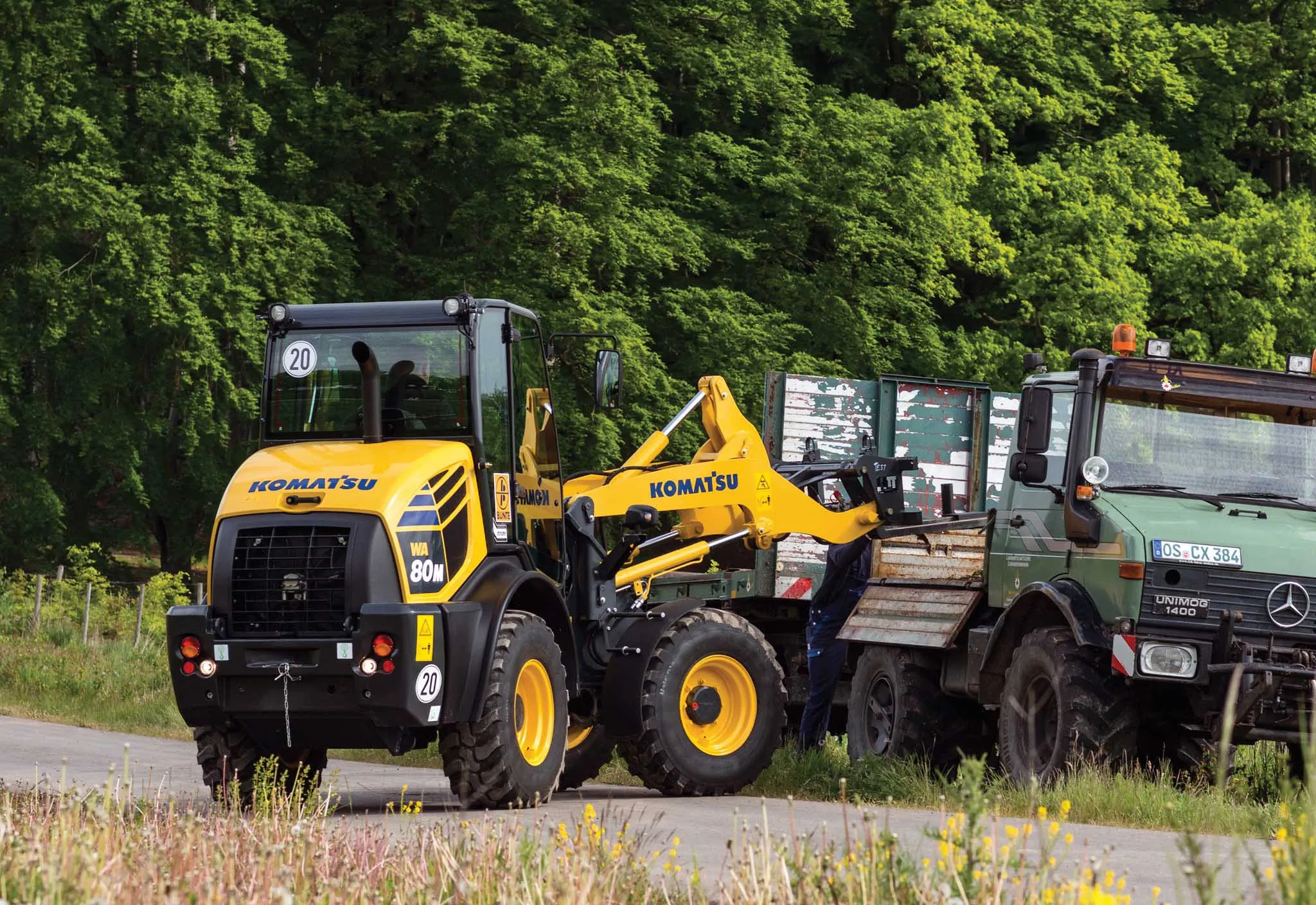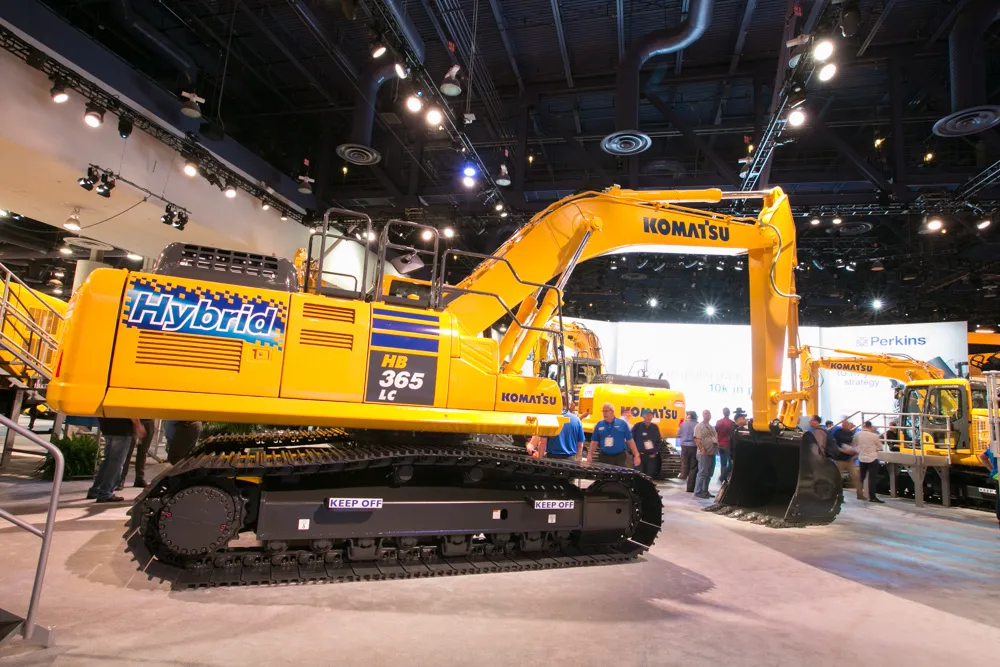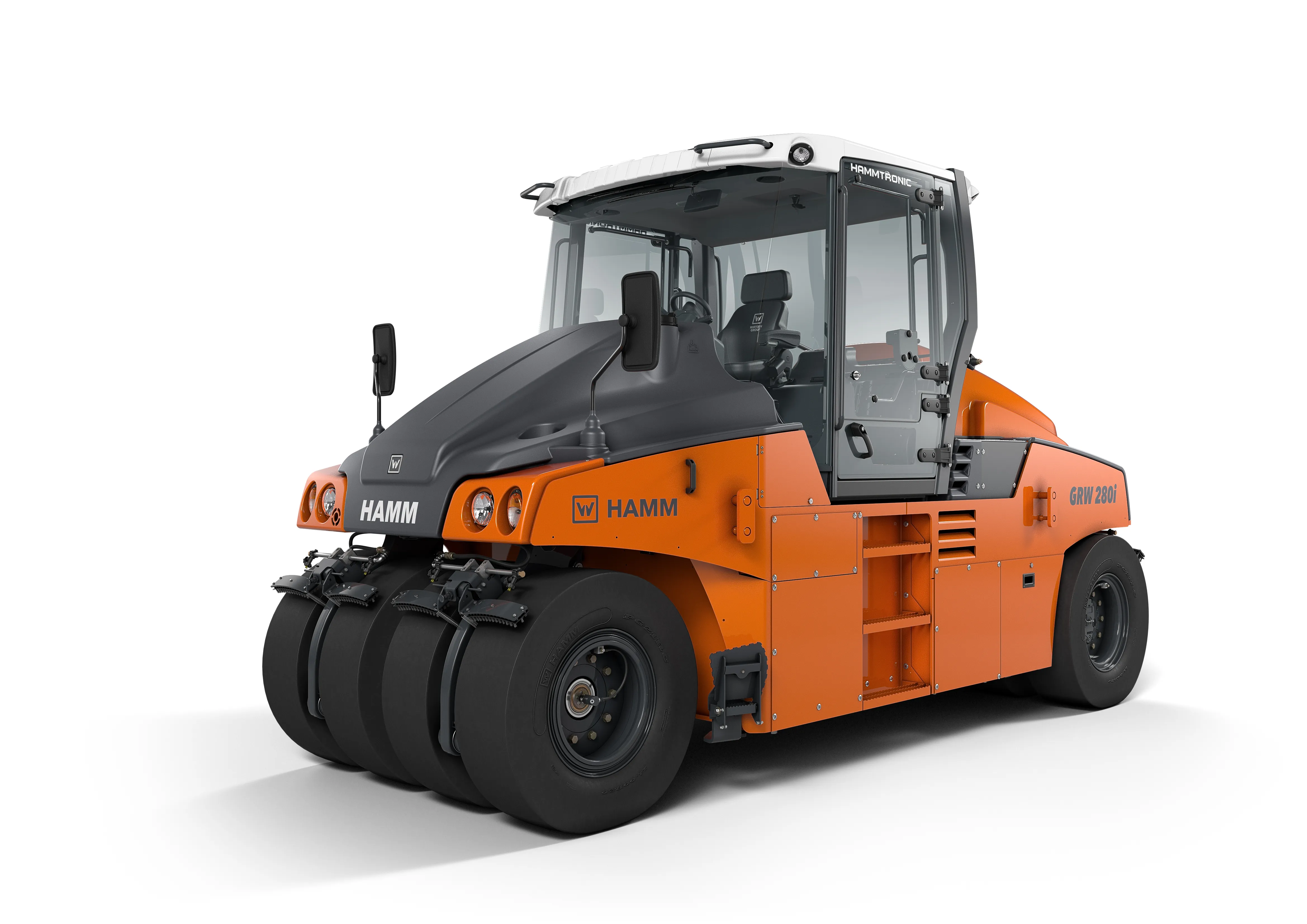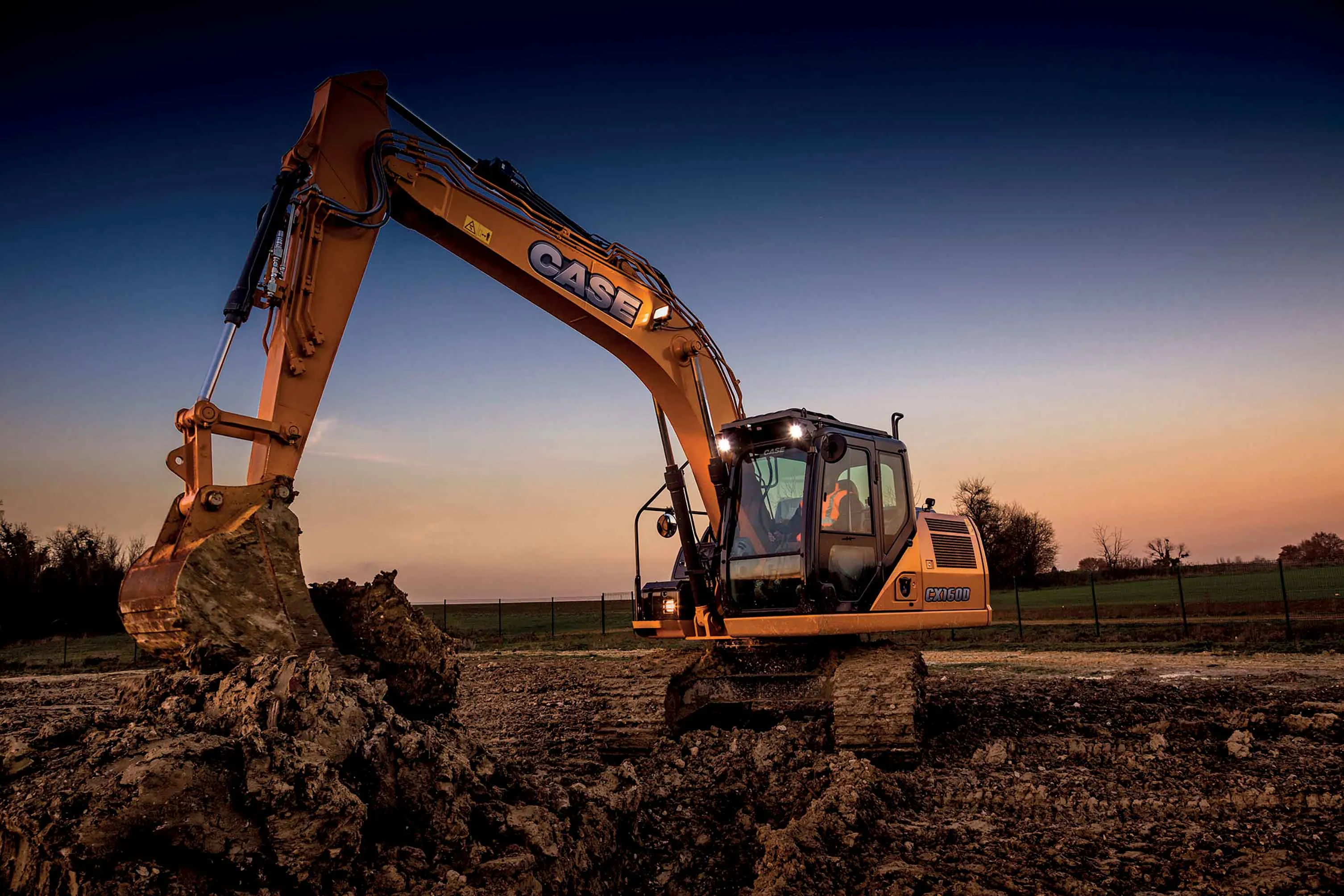Versatility and performance are claimed for Komatsu’s productive new WA80M-7 wheeled loader. The firm says that this machine offers an 8% fuel saving over its predecessor as well as benefiting from upgrades to operator comfort, visibility and safety.
The engine features lower emissions and fuel consumption, while the machine has reduced overall operating costs for the customers. Power comes from a Stage IIIB compliant, Komatsu SAA4D95LE-6 diesel delivering 52kW and which delivers high torque even at low
January 14, 2016
Read time: 2 mins

Versatility and performance are claimed for 2300 Komatsu’s productive new WA80M-7 wheeled loader. The firm says that this machine offers an 8% fuel saving over its predecessor as well as benefiting from upgrades to operator comfort, visibility and safety.
The engine features lower emissions and fuel consumption, while the machine has reduced overall operating costs for the customers. Power comes from a Stage IIIB compliant, Komatsu SAA4D95LE-6 diesel delivering 52kW and which delivers high torque even at low engine speeds. This drives through a fully automatic, hydrostatic transmission to all four wheels, while an automatic inching function is available on request.
The operator sits in a new, larger cabin with a colour monitor and the machine is controlled using a PPC multifunction lever with a forward-neutral-reverse switch for quick and easy travel. Servicing is also said to be easy, with maintenance points grouped at ground level and a redesigned engine hood that can be opened widely for a quick daily inspection. As with other machines in the range, the new compact loader comes as standard with the KOMTRAX telematics and Komatsu Care packages.
The engine features lower emissions and fuel consumption, while the machine has reduced overall operating costs for the customers. Power comes from a Stage IIIB compliant, Komatsu SAA4D95LE-6 diesel delivering 52kW and which delivers high torque even at low engine speeds. This drives through a fully automatic, hydrostatic transmission to all four wheels, while an automatic inching function is available on request.
The operator sits in a new, larger cabin with a colour monitor and the machine is controlled using a PPC multifunction lever with a forward-neutral-reverse switch for quick and easy travel. Servicing is also said to be easy, with maintenance points grouped at ground level and a redesigned engine hood that can be opened widely for a quick daily inspection. As with other machines in the range, the new compact loader comes as standard with the KOMTRAX telematics and Komatsu Care packages.









